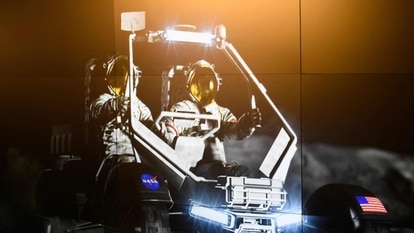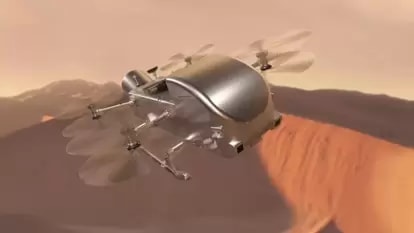Earthbound! NASA Rover deposits second rock sample for Mars Sample Return
NASA’s Mars Rover has deposited its second rock sample for the historic Mars Sample Return mission.
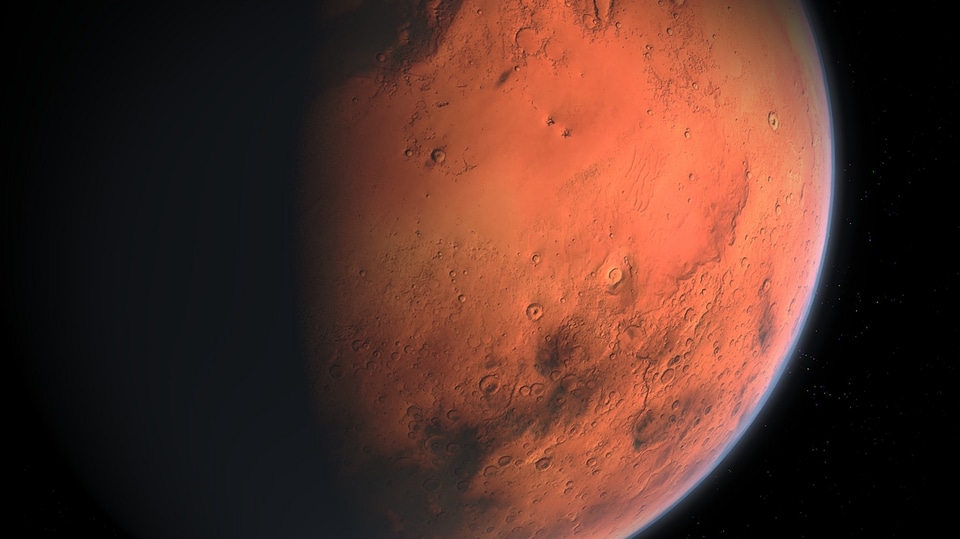
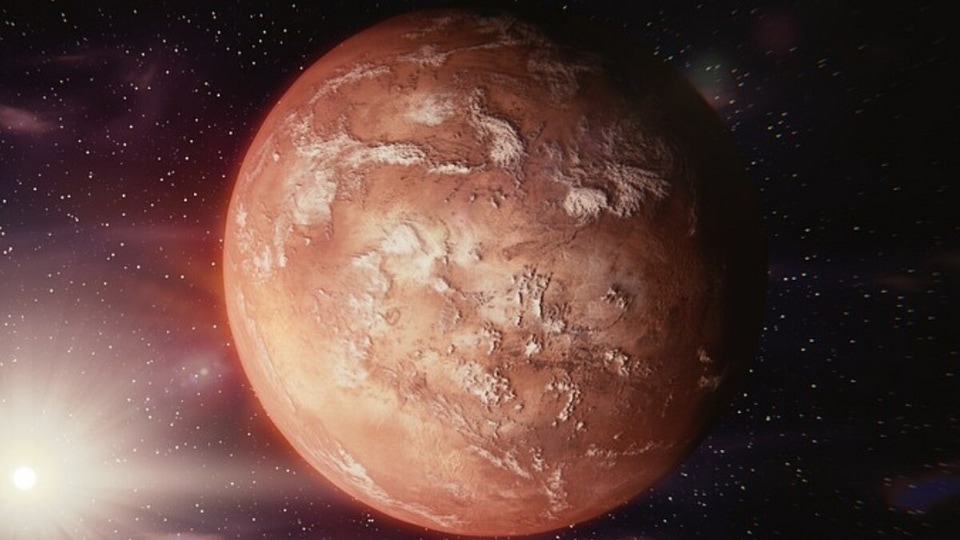
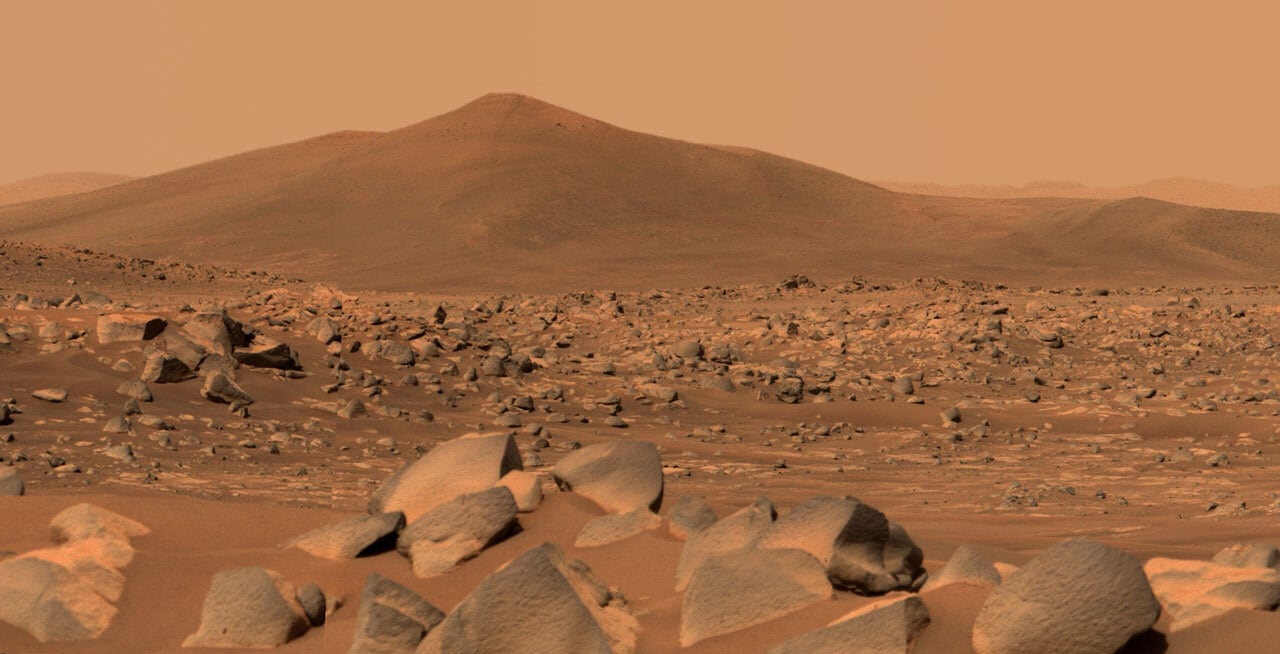

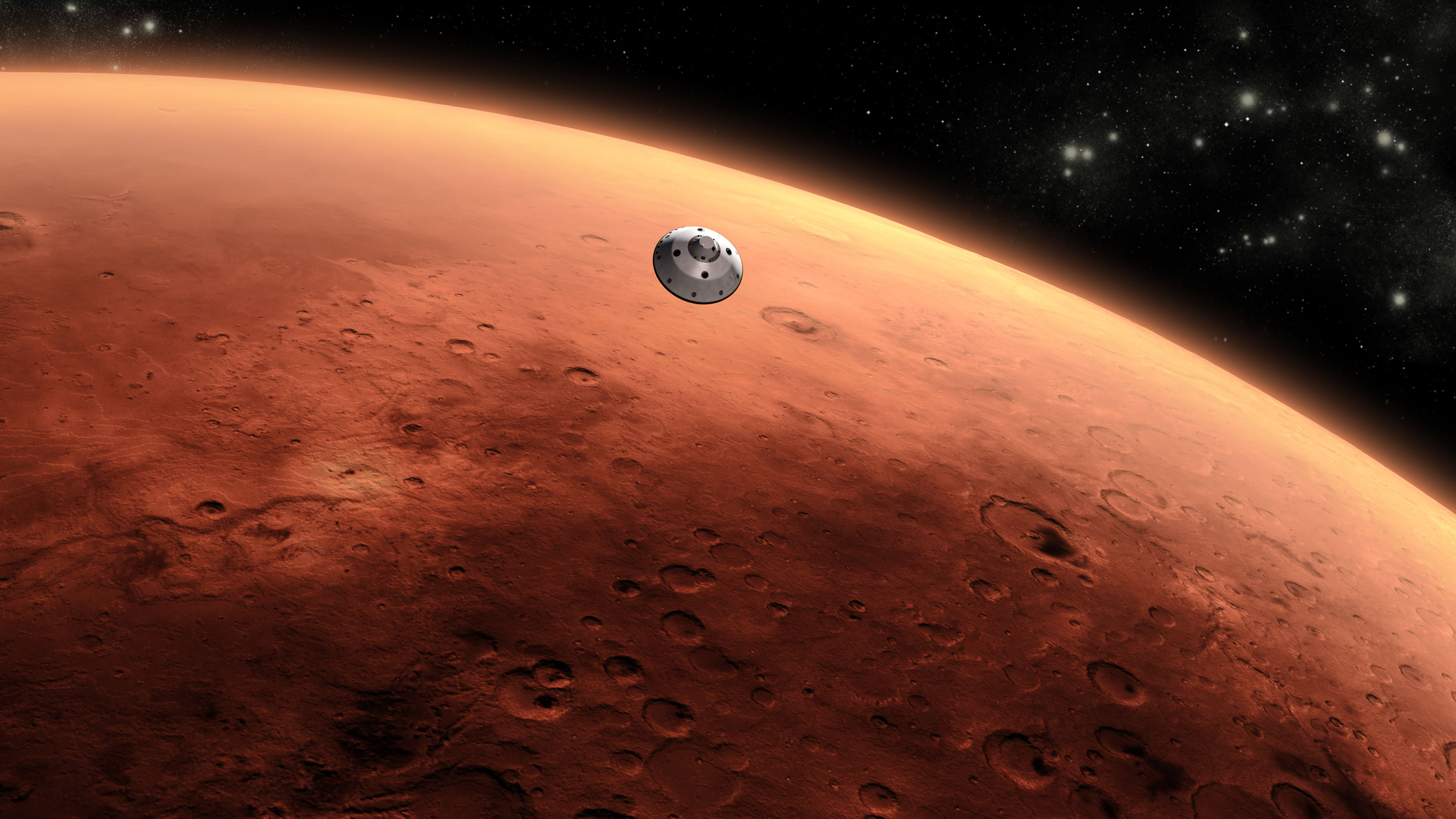
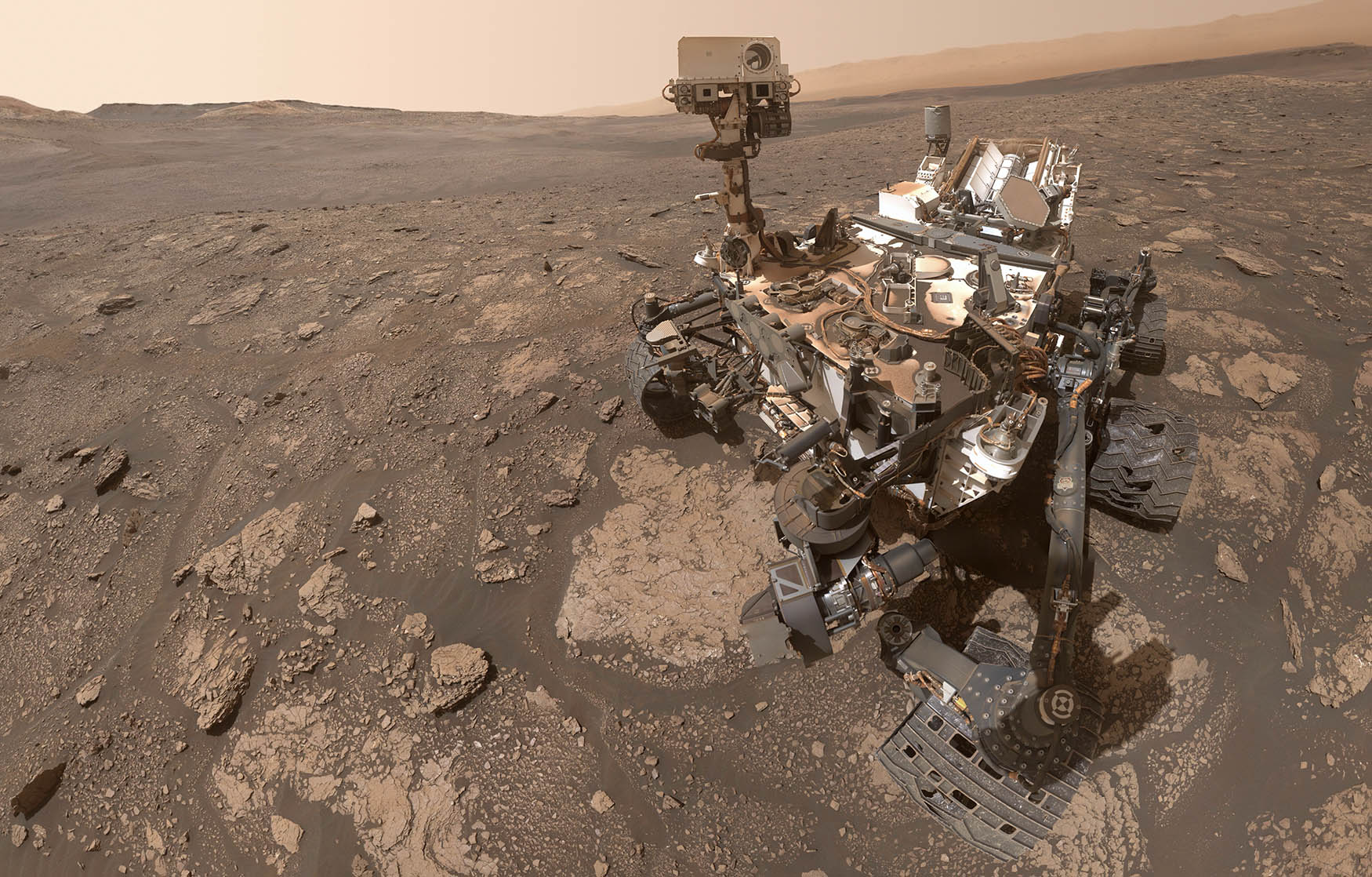
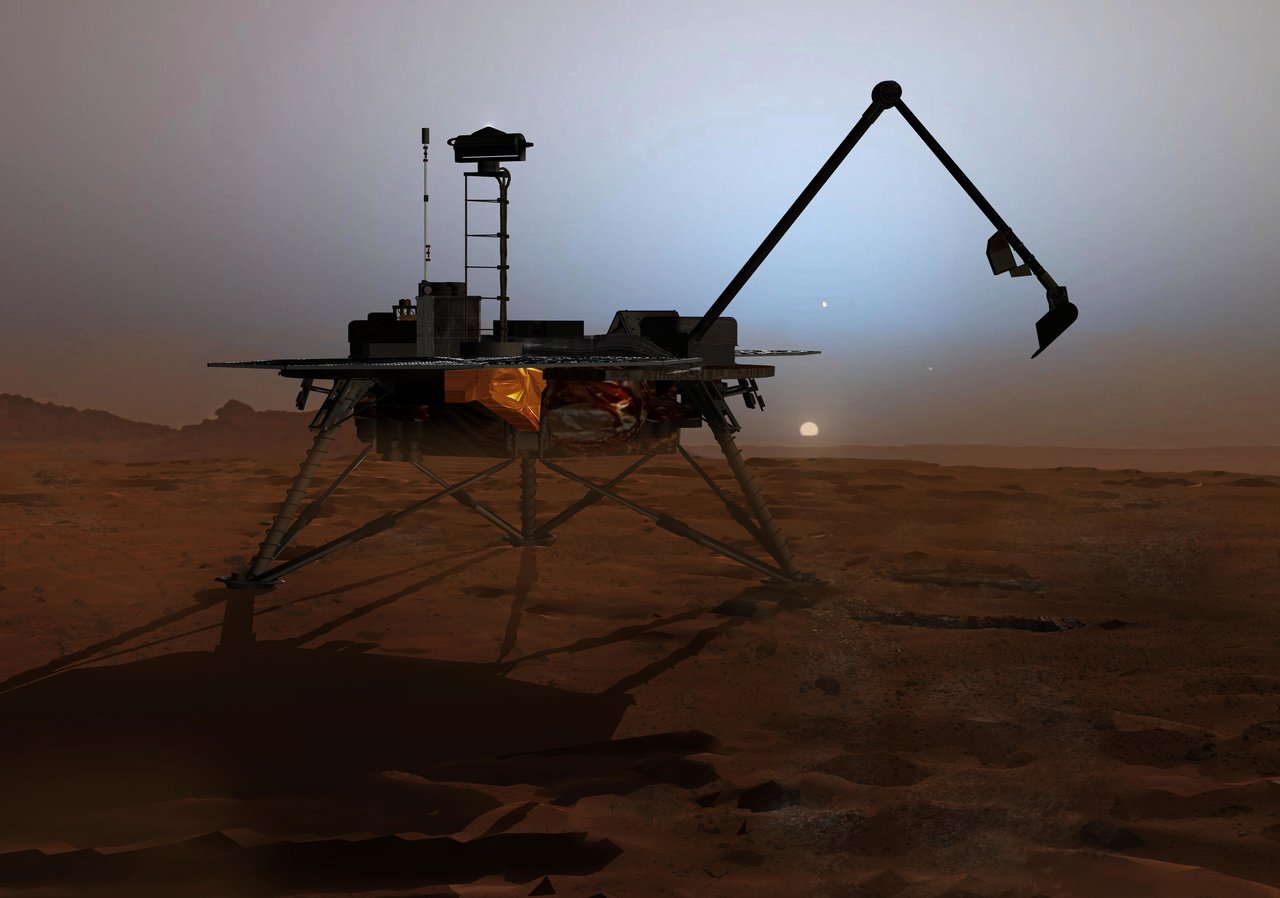
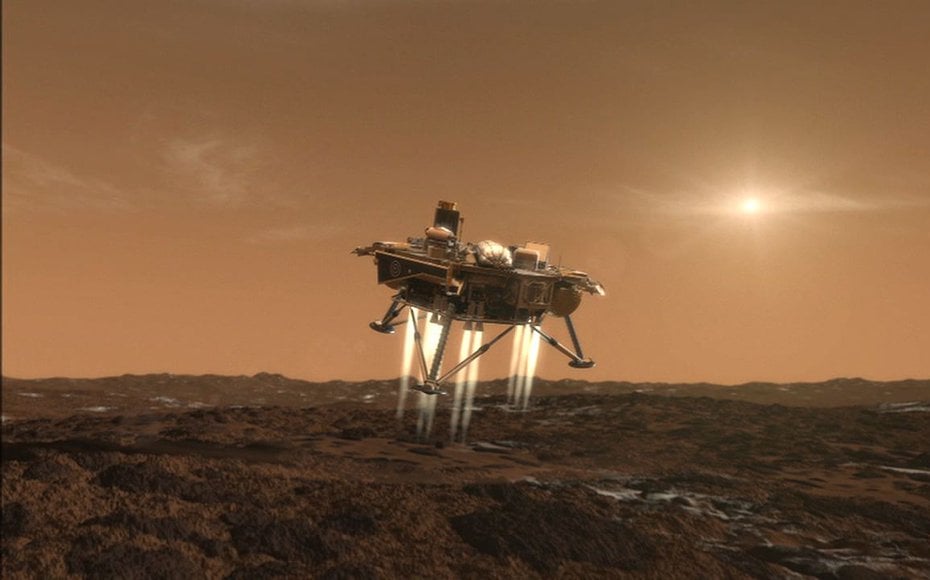
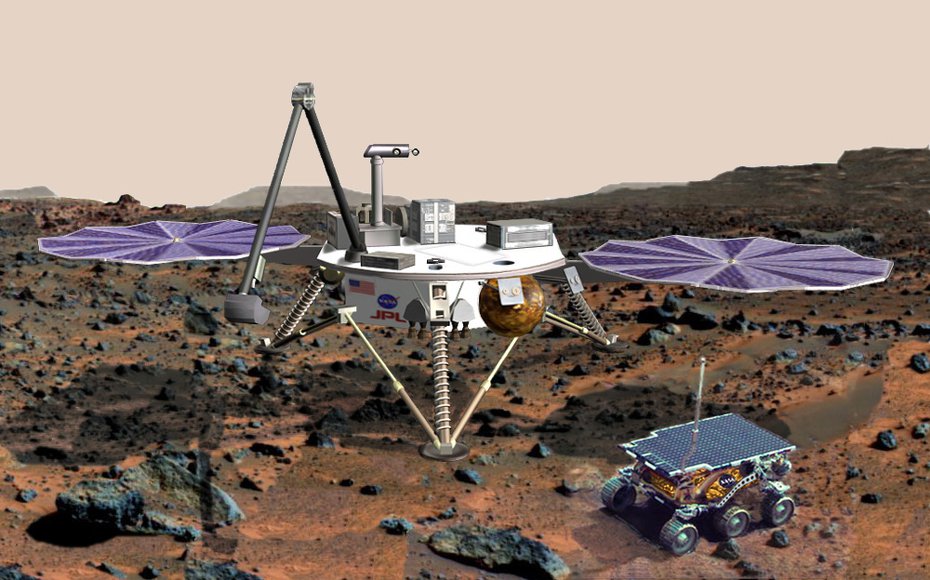

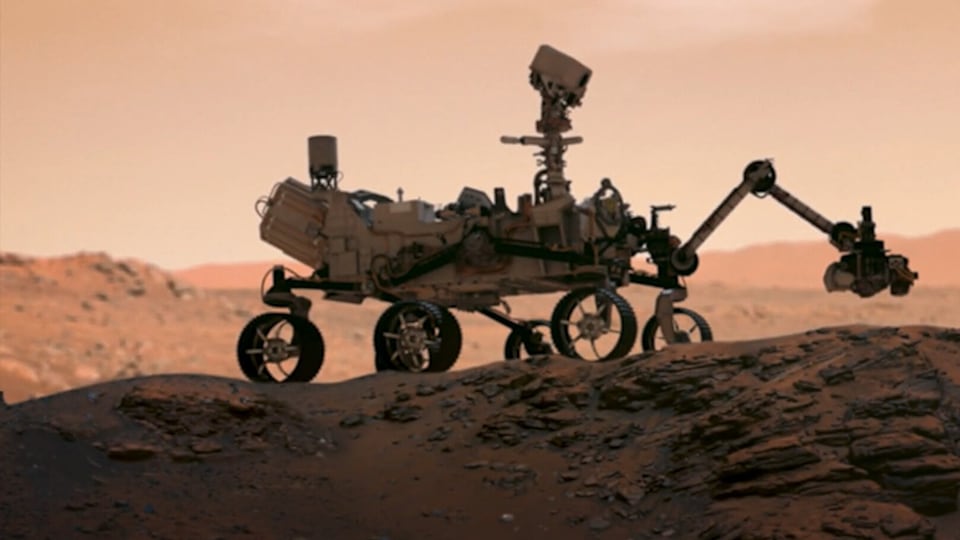
 View all Images
View all ImagesNASA's Perseverance Rover has now deposited its second rock sample, following the first which was deposited less than a week ago for NASA's Sample Return programme. Mars Sample Return is NASA's programme to bring important scientific samples back to Earth in a bid to study the red planet's conditions for potentially establishing a colony one day. NASA's Mars Sample Return programme is a series of missions to retrieve scientific samples of Mars collected by the Perseverance rover. One of the most ambitious space missions ever planned, the Mars Sample Return mission would allow scientists to study those samples using state-of-the-art technology here on Earth. Just days ago, the mission was kicked off with the first ever sample collected and deposited at the pickup location by NASA's Perseverance Rover on December 21.
Now, another one has been deposited at the drop location.
Rick Welch, Perseverance's deputy project manager at JPL said in a NASA blog,” “Seeing our first sample on the ground is a great capstone to our prime mission period, which ends on Jan. 6. It's a nice alignment that, just as we're starting our cache, we're also closing this first chapter of the mission.”
NASA's Perseverance Rover has been collecting duplicate rock samples from rocks selected for this mission. The first sample, a core of an igneous rock, termed as “Malay” was collected from a region of Mars' Jezero Crater called “South Séítah on January 31 and deposited in a titanium test tube which currently rests on the surface of the Red Planet. Over the next two months, the rover will deposit a total of 10 tubes at the location termed as “Three Forks”.
Journey from Mars to Earth
A Sample Retrieval Lander would launch to Mars in 2028, carrying with it a NASA-led Mars rocket and a pair of small Mars helicopters which would land close to Perseverance's landing location in the Jezero Crater. The Perseverance rover would transport martian samples to the Sample Retrieval Lander, handing off a collection of sample tubes carried on board via the robotic arm attached to it.
The helicopters would provide an assist in picking up the samples by picking up additional samples stashed on the surface by Perseverance. The Mars Ascent Vehicle would transport the container of sample tubes into orbit, making the MAV the first rocket ever to launch off the surface of Mars.
According to NASA, the Capture, Containment, and Return System aboard the Earth Return Orbiter would capture the Sample container and transfer it into a clean zone for Earth return. The Earth Return Orbiter would then ferry the entry vehicle and all the samples back to Earth's orbit, where it would separate and touchdown on land safely.
Catch all the Latest Tech News, Mobile News, Laptop News, Gaming news, Wearables News , How To News, also keep up with us on Whatsapp channel,Twitter, Facebook, Google News, and Instagram. For our latest videos, subscribe to our YouTube channel.





